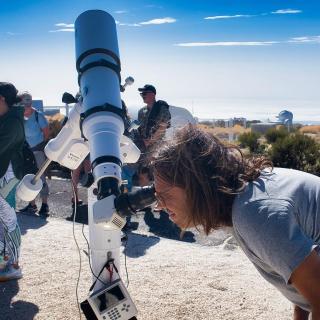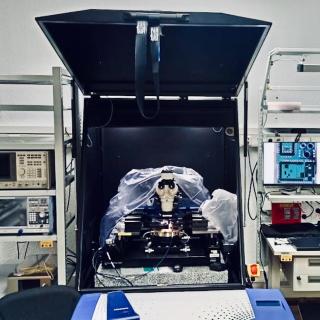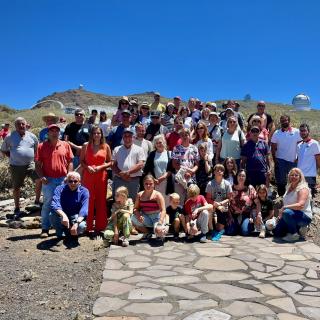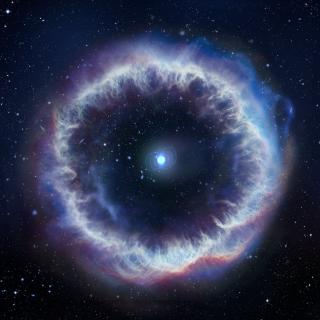
The Instituto de Astrofísica de Canarias (IAC) and the TLP Tenerife, the largest technology and new trends event in the Canary Islands, join forces to offer a unique experience that fuses science, digital culture and fun. From 3 to 8 September, the Santa Cruz de Tenerife Exhibition Centre will become the perfect setting where attendees, as well as sharing hobbies and enjoying video games, esports, manga and Asian culture through music and dance, and board games, will be able to learn about the mysteries of the universe. In this edition, the IAC and TLP Tenerife have designed a series of
Advertised on




